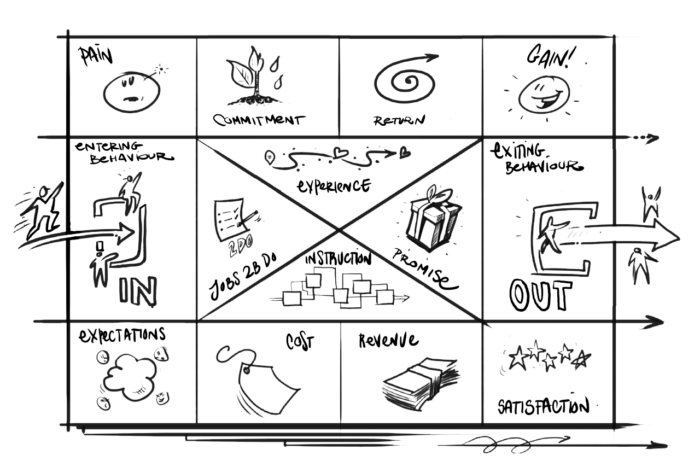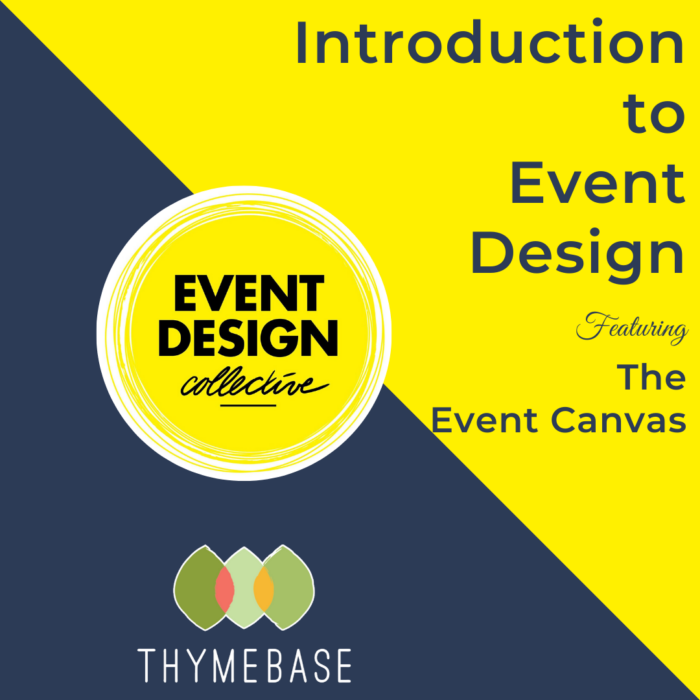This introduction to event design will give you the foundation and strategy you need to create successful, unforgettable events.
When you think about planning an event, most think about the process. They consider the endless organization of details, contractors, venues, and attendees. They think about the email communications, the invites, the entertainment, and menu items. Planning an event requires immense work, but for what? What purpose do events serve? That is where event design comes in.
Event design is much less about design as it is about strategy, value, and inspiration. It addresses the need and purpose for events by ensuring that not only attendees but also all stakeholders are satisfied with the event and its outcomes.
Granted, event design is a sizable method that even has an MPI recognized certificate (more on that later), but this quick guide will get you started on the idea. Combine these tips with other event planning basics and you’re ready to design better events!
What is Event Design?
It’s the first step you take to begin planning an event! Event design is a method created by The Event Design Collective and founded by Ruud Janssen and Roel Frissen. Their world-renowned curriculum enables you to visualize every aspect and note the motivations of everyone involved.
The process is important because it sets you and your event up for success. It helps you anticipate possible obstacles and gives you a tool to articulate why your events share value.
An Introduction to the Event Canvas
There is a tool to help you design events; meet the Event Canvas. This tool is designed to help organize and facilitate the robust event design process.
The Event Canvas is a grid that walks you through every aspect of the event but through the eyes of each stakeholder. A stakeholder is anyone with stakes in your event. These are people like attendees, sponsors, the hosting company, or anyone else you deem important.
If you’re new to this, just choose two important stakeholders for your event. Then, one stakeholder at a time, talk through each block of the canvas starting from the left, working to the right. Watch this video to get started, then download the #eventcanvas here!
Working through the Event Canvas is a great collaborative activity to get your team on the same page. It unites your team, facilitates an atmosphere to brainstorm ideas, and creates a shared vision.

Event Design with the Event Canvas
Here is the basic foundation of event design using the event canvas.
Determine stakeholders & their value propositions
Let’s choose two stakeholders: event attendees and the company putting on the event. What do they both need out of this event? Ask these important questions to develop solutions as you continue.
Describe stakeholder behaviors
How do the attendees and company feel leading up to the event? And how do they feel at the event itself? How should they feel leaving the event? Successful events change the behaviors of stakeholders! Ask yourself: What behavior am I trying to change (raising brand awareness, selling a product, providing entertainment)?
This is something our own Chief Event Planner, Jenna describes as visualization in her Event Planning 101 guide.
Predict pains and expectations
Determine what obstacles your stakeholders might encounter. Pains relate to things like cost, time, and expectations that your stakeholders have. By predicting these pains, you can plan an event that lessens the barrier to entry.
Highlight gains and satisfactions
Dream of the wonderful things your stakeholders will gain from your event! Think about what they need to experience to feel satisfaction post-event. Did you meet their expectations? Was the “pain” they sacrificed worth it?
Brainstorm the event experience
The middle “X” grid represents the event itself and the journey each stakeholder experiences there. The Event Canvas helps you appeal to both sides of the brain by considering emotional and intellectual aspects. Use this section to design ideas and experiences that turn tasks into promises for stakeholders.
The Value of the Event Design Method
Event planners around the world are adopting the Event Design method. There are 159 CEDs, or Certified Event Designers, and over 1500 trained professionals putting Event Design into action. Not to mention, over 10,000 users of the Event Canvas!
As a professional event planner, a certificate in event design is something to consider if you desire a formal education on a topic that can truly enhance your event experience. Event Design can also help your business because it provides a platform to help explain and show clients your plans and articulates your reasoning behind decisions.
When you begin planning your next event, try applying these event design principles. You will find that when you take the time to evaluate your stakeholders, you’re bound to plan a better, more successful event. Couple this strategy with event planning software like ThymeBase to connect the stakeholders into your plans with shareable timelines.
Amanda Larson, CED, is a Certified Event Designer, marketer, and content creator. With a degree in journalism and special events management, Amanda has worked in marketing and events for both international startups and Fortune500 companies. She specializes in digital branding, copywriting, and graphic design freelancing for clients globally.

